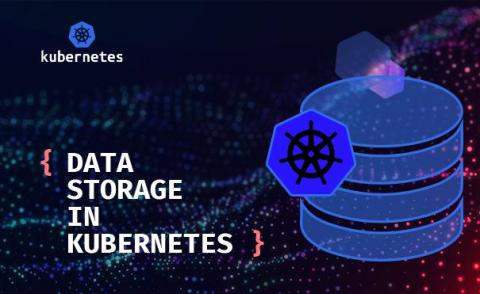How to Secure Deployments in Kubernetes?
Security is crucial for containerized applications that run on a shared infrastructure. With more and more organizations moving their container workloads to Kubernetes, K8s has become the go-to platform for container orchestration. And with this trend comes a growing number of threats and new ways of attack that necessitate strengthening all layers of security. In Kubernetes, there are two aspects to security: cluster security and application security.











